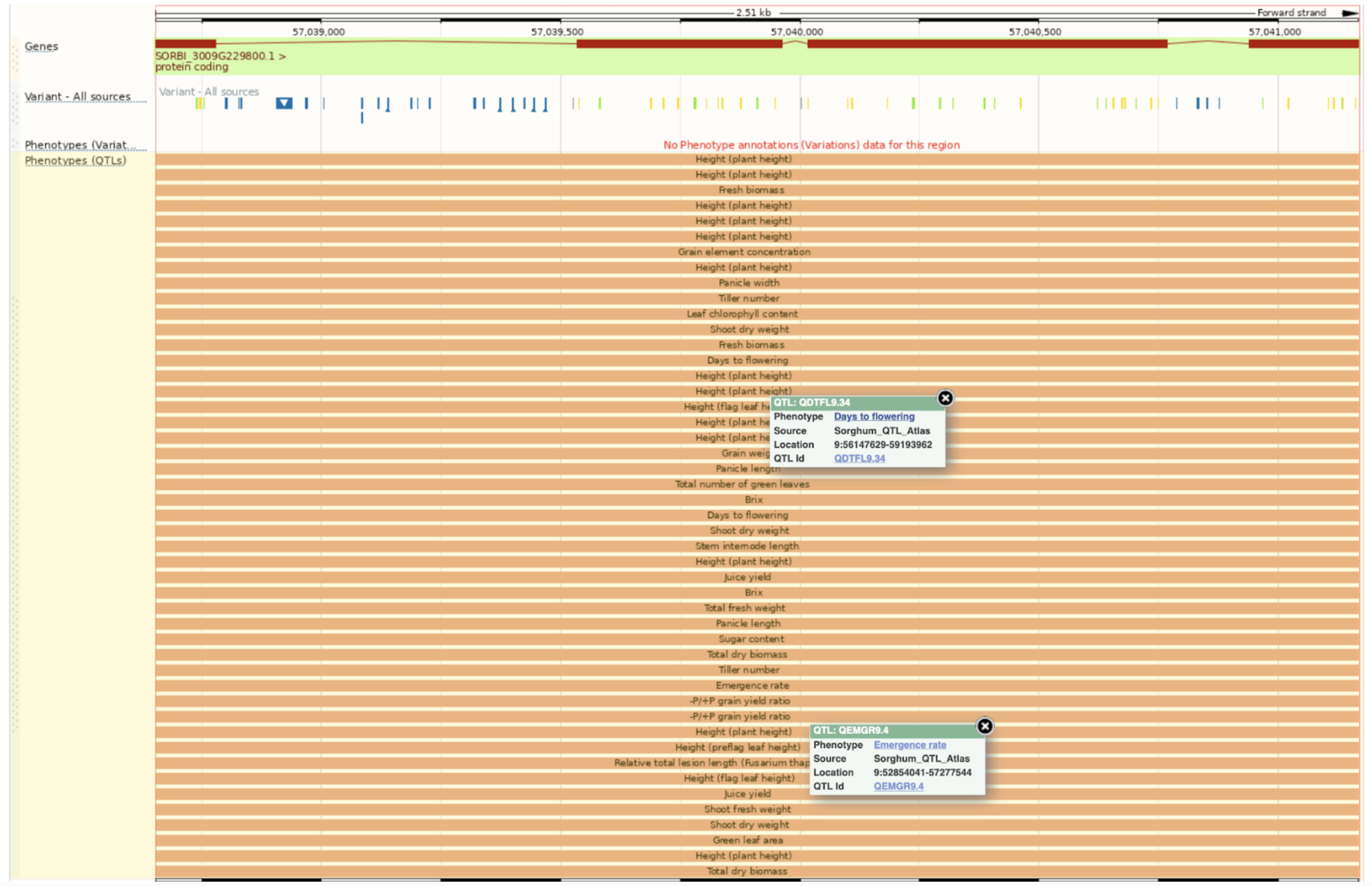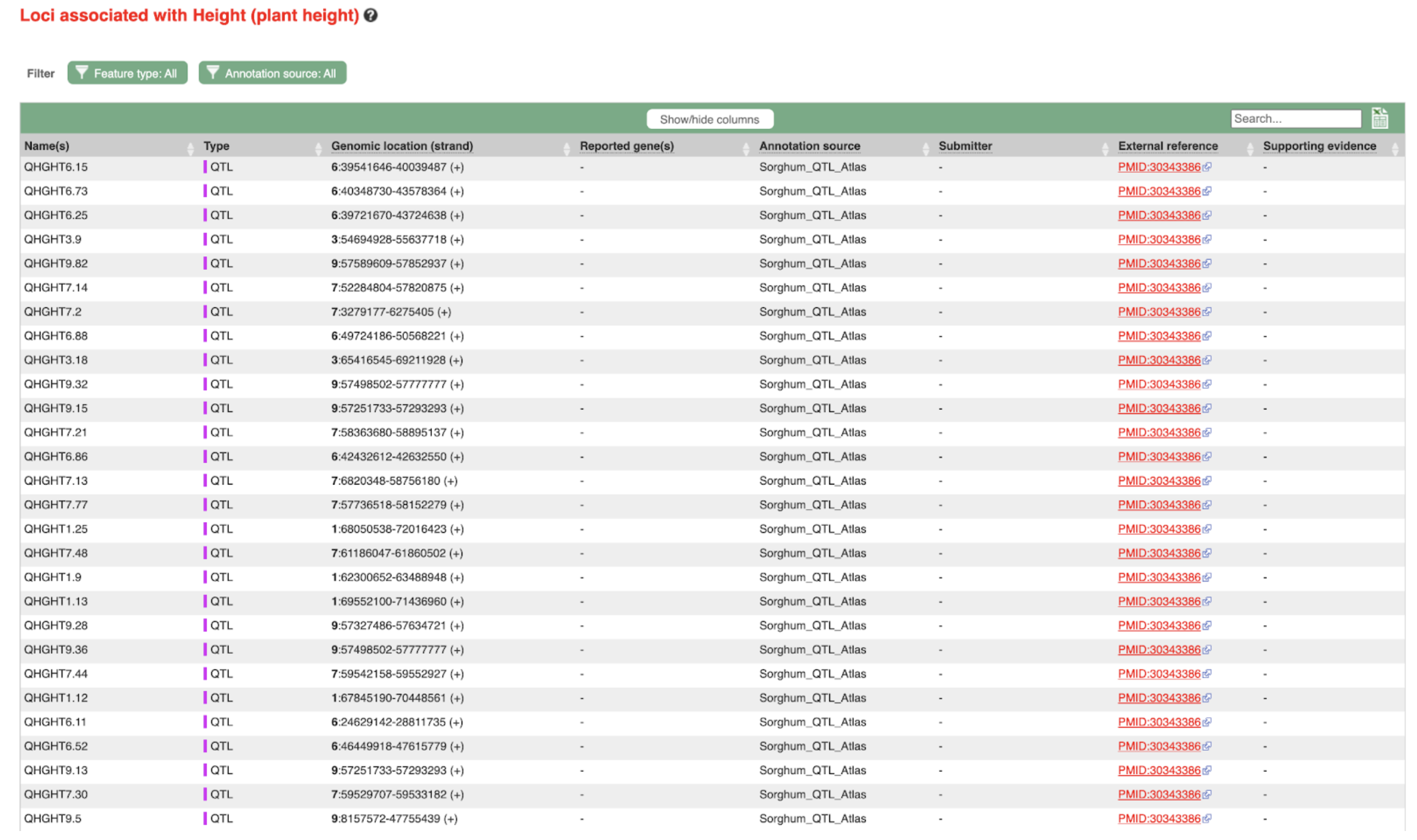Scientists researched how phenotypic plasticity in sorghum’s flowering time and plant height, driven by genetic loci and environmental factors like temperature, can be leveraged for predicting crop performance and improving adaptation to diverse and changing environments.
It was fantastic to have this opportunity to work with a large group of sorghum researchers across different states and continue to discover with this amazing sorghum association panel! – Yu
Phenotypic plasticity, the ability of a single genotype to exhibit different phenotypes in response to environmental variations, is a pivotal mechanism in plant adaptation and domestication. Flowering time and plant height are key traits extensively studied for their role in evolutionary fitness and environmental adaptation. In sorghum, flowering time is controlled by six major maturity loci (Ma1–Ma6), while four dwarfing loci (Dw1–Dw4) influence plant height. Scientists from Iowa State University and collaborating institutions explored the phenotypic plasticity of these traits in a diverse sorghum panel across 14 environments. Temperature emerged as the dominant environmental factor, with growing degree days (GDD) and diurnal temperature range (DTR) identified as indices influencing flowering time and plant height, respectively. Genome-wide association studies (GWAS) using reaction-norm parameters revealed distinct genetic loci regulating both mean trait expression (intercept) and trait plasticity (slope), supporting theories of regulatory gene control and allelic sensitivity.
The findings highlighted the potential of integrating genotype-by-environment interaction and genomic prediction to improve crop adaptation. By leveraging environmental indices, this study demonstrated robust prediction capabilities for untested genotypes and environments, validated through field experiments. The research underscored the importance of expanding genetic diversity and environmental sampling to enhance understanding of gene-environment interplay. Moreover, it suggested strategic applications of high-plasticity genotypes, either for broad adaptability or targeted environmental optimization. As climate variability intensifies, such insights are critical for breeding resilient crops and achieving sustainable food production, emphasizing the value of genetic diversity and environmental modeling in contemporary agricultural practices.
SorghumBase examples:
- Maturity loci: Ma1–Ma6
- Dwarfing loci: Dw1–Dw3



Reference:
Wei J, Guo T, Mu Q, Alladassi BME, Mural RV, Boyles RE, Hoffmann L, Hayes CM, Sigmon B, Thompson AM, Salas-Fernandez MG, Rooney WL, Kresovich S, Schnable JC, Li X, Yu J. Genetic and Environmental Patterns Underlying Phenotypic Plasticity in Flowering Time and Plant Height in Sorghum. Plant Cell Environ. 2024 Oct 16. PMID: 39415476. doi: 10.1111/pce.15213. Read more
Related Project Websites:
- The Yu Lab at Iowa State University: https://sites.google.com/site/quantitativegeneticsmaize/home